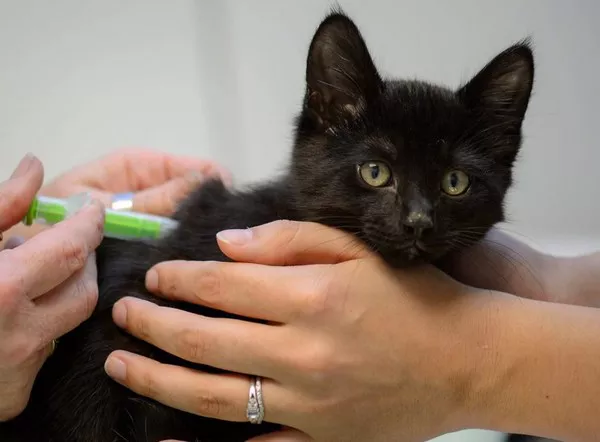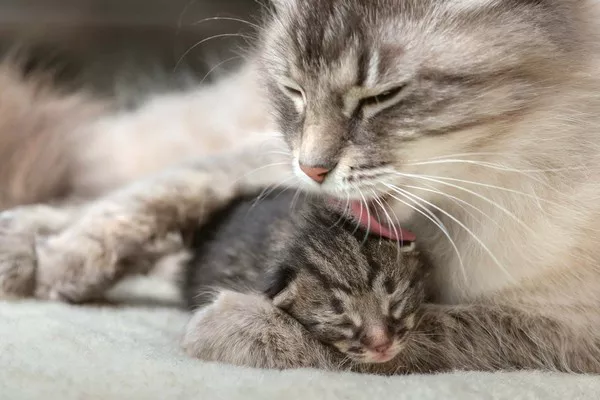The yellow-bellied slider, a subspecies of the pond slider, is a popular choice among turtle enthusiasts. One of the most frequently asked questions is, “How long do yellow belly turtles live?” Understanding the average lifespan of these turtles is crucial for their proper care and well-being. On average, yellow-bellied sliders can live between 20 to 30 years in captivity. However, with optimal care, some have been known to surpass even 40 years, making them potentially lifelong companions.
How Long Do Yellow-Bellied Sliders Live in the Wild?
In their natural habitat, yellow-bellied sliders often face different challenges that can impact their lifespan. Factors like predation, diseases, environmental changes, and availability of resources significantly affect their life expectancy. Typically, in the wild, their lifespan tends to be slightly shorter, averaging around 15 to 20 years.
Their environment, food availability, and exposure to predators play a critical role in determining their longevity in the wild.
Why Do Some Yellow-Bellied Sliders Live Longer Than Others?
Understanding the factors contributing to the varying lifespans of yellow-bellied sliders is essential. Several elements can influence their longevity. Genetic predispositions, environmental conditions, diet, and overall care significantly impact their lifespan. For instance, turtles raised in well-maintained, clean environments with a balanced diet and proper healthcare tend to live longer than those exposed to stressful conditions and inadequate care.
Feeding & Diet
The diet plays a pivotal role in determining how long yellow-bellied sliders live. These omnivorous turtles have varied dietary requirements.
They enjoy a mix of both animal-based and plant-based foods. Their diet should consist of commercial turtle pellets, dark leafy greens, aquatic plants, insects, and small fish. A well-balanced diet, provided in proper portions, is crucial to their overall health and longevity.
Environment
Creating an ideal environment is crucial for the well-being and lifespan of yellow-bellied sliders. A spacious and well-maintained habitat with clean, filtered water and a basking area is vital. Adequate UVB lighting, along with a temperature gradient within their enclosure, is essential for their metabolic processes and overall health. Maintaining optimal water quality and temperature is critical for ensuring a conducive environment for these turtles.
Care
Proper care is fundamental for ensuring the longevity of yellow-bellied sliders. Regular check-ups with a reptile veterinarian, proper hygiene, and habitat maintenance are essential components of their care routine. Additionally, providing mental stimulation through changes in their environment and interaction with the owner contributes to their well-being.
Importance of Regular Health Check-ups
Regular visits to a reptile veterinarian are crucial for the overall health and well-being of yellow-bellied sliders. These check-ups can detect any underlying health issues early, enabling timely interventions. Issues such as shell infections, respiratory problems, and parasites can be identified and treated promptly, thereby extending the turtle’s lifespan.
Exercise and Mental Stimulation
Engaging yellow-bellied sliders in activities that encourage movement and mental stimulation is beneficial. Incorporating toys, changes in the habitat, and supervised time outside their enclosure can help in keeping them active and mentally engaged. This not only enhances their overall well-being but also contributes to a longer and healthier life.
Importance of a Balanced Diet
The significance of a well-rounded diet cannot be overstated when considering the lifespan of yellow-bellied sliders. A varied diet comprising commercial turtle pellets, vegetables, fruits, and occasional live prey is essential. Overfeeding or providing an unbalanced diet can lead to health issues, affecting their longevity.
Avoidance of Stressful Conditions
Stress can significantly impact the health and lifespan of yellow-bellied sliders. Factors such as overcrowded enclosures, sudden environmental changes, inadequate water quality, and lack of proper basking spots can induce stress in these turtles. Minimizing stressors and providing a stable, secure environment are crucial in promoting a longer life for these turtles.
The Role of Genetics
Genetics play a vital role in determining the lifespan of yellow-bellied sliders. While the influence of genetics may not be directly controlled, it is a factor to consider. Some individuals may be inherently more robust and resilient, which can contribute to a longer life, while others might have genetic predispositions to certain health issues.
Handling and Interaction
Moderate and gentle interaction is beneficial for these turtles. While they may not necessarily seek out interaction as social animals do, moderate handling and interaction can help acclimate them to human presence. However, excessive handling or stress-inducing interactions should be avoided as they can negatively impact their health and longevity.
Creating an Optimal Habitat
Designing and maintaining an optimal habitat is critical for the overall well-being and longevity of yellow-bellied sliders. This includes providing a suitable tank or enclosure size, adequate filtration systems, proper basking spots, and a variety of surfaces for climbing and exploring. Creating an environment that mimics their natural habitat is essential for their physical and mental health.
Seasonal Variations in Care
Yellow-bellied sliders might require slight adjustments in care based on seasonal changes. As temperature and daylight fluctuate, their diet, basking requirements, and overall behavior might vary. Ensuring these adjustments are made can positively impact their health and longevity.
Lifelong Commitment
Owning a yellow-bellied slider is a commitment that can last several decades. Understanding their long lifespan and the responsibilities involved in their care is crucial before acquiring one. Providing a proper and nurturing environment is not just essential for their well-being but also contributes significantly to their potential longevity.
In conclusion, the lifespan of yellow-bellied sliders can vary based on various factors such as genetics, diet, environment, and care.
Understanding these elements and providing optimal conditions, including a balanced diet, suitable habitat, regular health check-ups, and mental stimulation, can significantly impact their lifespan.
Responsible ownership and attentive care are vital in ensuring these fascinating reptiles live long, healthy, and fulfilling lives.
FAQs about Yellow-Bellied Sliders:
1. How often should I take my Yellow-Bellied Slider to the vet?
Regular veterinary check-ups are important for your pet‘s health. Yearly visits to a reptile veterinarian can help detect any underlying health issues and ensure your turtle is in good condition.
2. Can Yellow-Bellied Sliders live with other turtles?
Yellow-Bellied Sliders are social and can generally live with other turtles of the same species. However, it’s crucial to provide enough space and resources to avoid territorial disputes. Introducing turtles of similar size and ensuring a well-maintained environment is important for their cohabitation.
3. Do Yellow-Bellied Sliders need a specific type of light?
UVB lighting is crucial for Yellow-Bellied Sliders. It helps in synthesizing Vitamin D3, which is essential for calcium absorption and overall health. Full-spectrum lighting that includes UVB rays should be provided for at least 10 to 12 hours a day.
4. How big of a tank does a Yellow-Bellied Slider need?
For one Yellow-Bellied Slider, a tank with a capacity of at least 75 gallons is recommended. Larger tanks or outdoor ponds are even better, providing more space for swimming, basking, and exploring.
5. How can I tell the gender of a Yellow-Bellied Slider?
Determining the gender of Yellow-Bellied Sliders can be challenging until they reach maturity. Generally, adult males have longer claws, thicker tails, and a concave plastron, while females tend to be larger with shorter claws, shorter tails, and a flat plastron.
These FAQs cover some of the basic concerns about Yellow-Bellied Sliders, offering insights into their care, behavior, and habitat requirements for prospective or current turtle owners.
Related Topics:
Do Turtles Have Teeth? The Answer is Complicated
How Can Turtles Eat Jellyfish Without Getting Stung
Do Turtles Sleep Underwater?


























